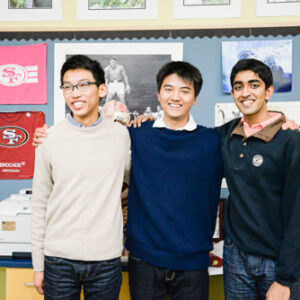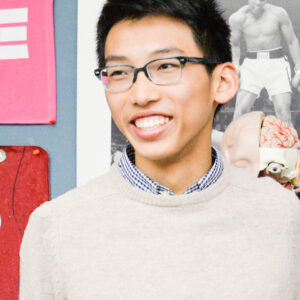This story was originally published in the Spring 2010 Harker Quarterly
On Jan. 13, Intel announced four Harker seniors had made it to the semifinals of the Intel Science Talent Search: Namrata Anand, Vishesh Jain, Kevin Zhang and Andrew Zhou. These four became the latest in a long line of Harker students, 17 since 2006, to reach the upper ranks of the competition.
Two weeks later, Anand was named a national finalist, the second since Harker began participating in the contest four years earlier. The first, Yi Sun ‘06, went on to place second in the national competition. For her efforts, Anand was awarded $7,500 and earned the trip to Washington, D.C., to compete among the nation’s top 40 contestants for a $100,000 grand prize. Intel is just part of the equation, though.
Just months earlier, Alex Han, Gr. 12, was announced as a regional finalist in the Siemens Competition in Math, Science & Technology. Since Christopher Sutardja ’06 was named a regional semifinalist in his senior year, Harker has produced regional semifinalists every year in the Siemens competition, which annually receives thousands of entries. Both Han and Anand will display their projects at the Harker Research Symposium in April.
“It’s hard to really describe the number of hours that students invest in these research projects,” said Katherine Schafer, upper school biology teacher and head of the research program. “The students work full time throughout most of the summer conducting the actual research.” She noted that some students continue their research into the school year. Rising seniors entering the Siemens competition usually spend the first two weeks preparing for the entry deadline at the beginning of October.
“The papers are 18 pages in length and require extensive library research on their specific fields and often countless hours of analysis,” Schafer added. “Many of my experiments involved treating cells and observing them over a time course, so I spent a great deal of time in the culture room and worked about 50 to 60 hours per week over a 10-week period,” Han estimated.
Because of the work research students perform day to day for their classes, these tasks may actually be less daunting to them than for other high school students. “I think the research these students are doing and the skills they are developing by communicating the results of their research gives these students a big advantage over most students entering college,” Schafer said. “They have an idea of how much work is involved in research and can do things that many students entering graduate school cannot do.”
Harker’s success in these and other competitions is also due in no small part to the mentors with whom the students work while researching for and assembling their projects. Since Sutardja first enlisted the help of Gerald Fuller, a professor from Stanford University, mentors have played a crucial part in the success of projects produced by Harker students. Fuller mentors students to this day.
While working on his project for the Siemens competition, Han was mentored by Dr. Jonathan Hardy at Stanford University. “I was very thankful that he gave me the freedom to design and pursue my project independently from those ongoing in the lab, because I gained a consummate understanding and mastery of the research process while also having the opportunity to make a personal contribution to medical research,” Han said.
Raja Guhathakurta, professor of astronomy and astrophysics at the University of California at Santa Cruz, headed up the mentoring effort for three of Harker’s most recent Intel semifinalists. He and three graduate students helped the Harker students gather data for projects that covered the Andromeda galaxy. In the last decade, Guhathakurta has served as a research mentor “to scores of high school students,” he said.
Guhathakurta became involved with Harker after meeting science department chair Anita Chetty early last year. “It was a pleasure to work with such bright and motivated students,” he said. “We would frequently sit down to brainstorm ideas for solving specific problems and that was always fun.”
The biggest benefit Guhathakurta thought students gained from the experience was the ability to approach abstract problems. “In research, the act of looking for the answer to a particular question can often lead to more questions instead of a definite answer,” he said. “This can lead to great progress in thinking and knowledge,” he said. “Part of this experience is imbibing the culture and sociology of a particular area of science, in this case astronomy.”
Chetty said it is also important for students to witness the day-to-day life of a scientist, which can provide invaluable insight into their choice of a possible career. “Sometimes research is not very glamorous,” she quipped. “It’s many, many hours. It’s very repetitive. It can be frustrating. You can find out on Friday that you made a mistake on the previous Tuesday, and that’s why your results all failed.”
The thrill of discovery, however, is what makes the hard work all worth it. “I think that’s the beauty of the mentor-student relationship,” Chetty said. “It’s the long-term commitment, the enthusiasm, the excitement of discovering something together.”
Mentors are not necessarily people from outside the school. Sushant Sundaresh ’08, who was a Siemens regional semifinalist as a senior, worked with upper school biology teacher Matthew Harley, who according to Chetty spent “hundreds of hours” with Sundaresh to help compile data for his project.
Science department teachers also coach students on how to compile the results of their research and communicate them in papers and oral presentations. There are, of course, many research projects produced by students each year that are worthy of recognition, whether or not they earned placement in contests. The Harker Research Symposium, which takes place this year on April 10, has and will continue to provide a forum for many of these projects to receive well-deserved attention (see page 17 for symposium details).
Since its inception in 2006, the symposium, the brainchild of Chetty, has been modeled after the environment of an authentic research conference, and is open to students in Gr. 6-12. For many students, the symposium is an opportunity to share the results of their labor with fellow students and their peers outside of school. The symposium has also gained recognition and prestige for the guest speakers it has attracted over the years.
This year’s symposium, which pays tribute to the medical devices industry, will feature materials scientist Chris Gilbert as a keynote speaker. Gilbert has been involved with taking a product from development to approval by the Food and Drug administration, and eventually to manufacturing and sales.
“He was involved in all of the parts of the process involved beyond the research part, beyond the discovery,” Chetty said. Several exhibitors will also be visiting Harker during the symposium, displaying various medical technologies such as an ultrasound machine and an artificial heart valve, among others.
In addition, visitors to the symposium will have a chance to see Harker’s scientific talents shine. “I just think that the caliber of the student presentations continues to improve,” said Chetty. “As we’re reaching down into the middle school, the younger students are learning about research. We’re seeing an escalation in the caliber of the presentations.” For more information on Harker’s science program, visit http://skylark.harker.org/hno/backups and search for “science.”

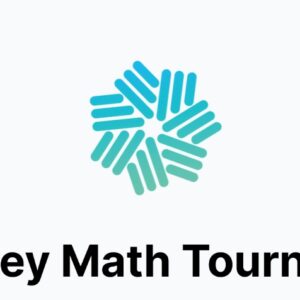
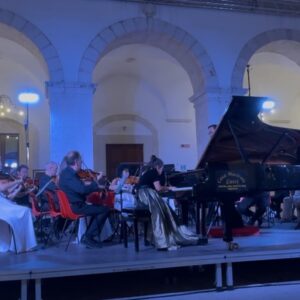


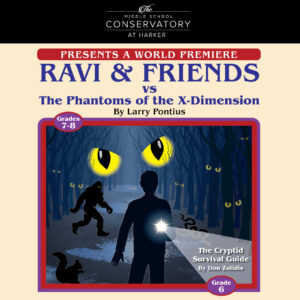
![[Updated] Namrata Anand Named Intel Finalist harker-logo-default](https://news.harker.org/wp-content/uploads/2016/08/harker-logo-default-300x300.png)
